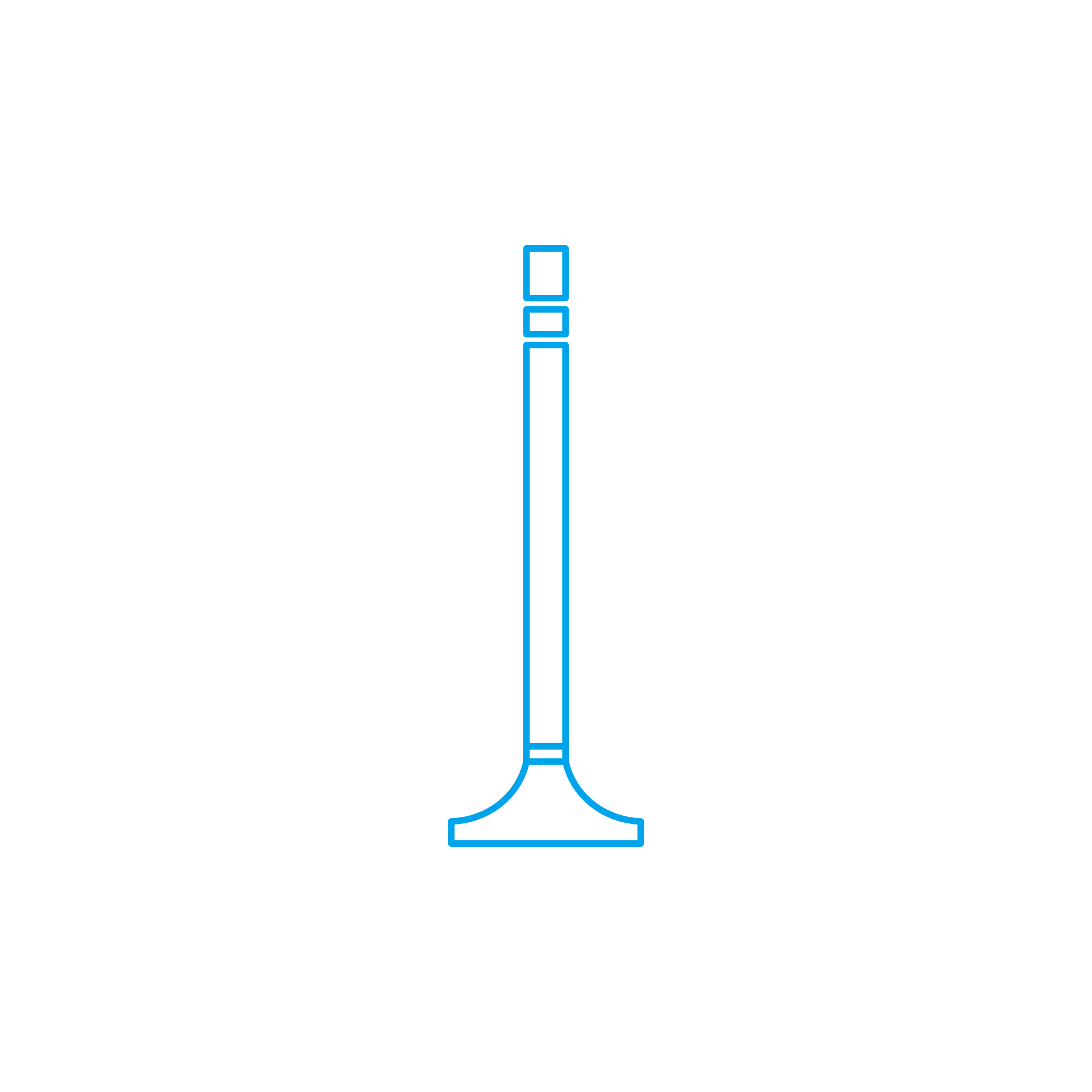PUSHROD recondit. Valve train components for diesel, gas, and marine engines
Valve train components are the precision parts that translate camshaft motion into accurate opening and closing of the intake and exhaust valves. In heavy-duty diesel engines, gas engines, and marine engine platforms, the valve train governs breathing, combustion stability, and emissions—directly influencing power density and fuel efficiency. From cam followers and lifters to pushrods, rocker arms, bridges, valve springs, and keepers, every component must work in perfect harmony. Within this system, PUSHROD recondit. solutions are frequently specified in service programs to maintain geometry and stiffness while controlling cost and downtime across large fleets.
PUSHROD recondit. technical function within valve train components
The valve train’s core job is to deliver the correct valve lift profile at the precise crank angle, cycle after cycle. Camshaft lobes impart motion to tappets or roller followers, which transfer force to pushrods. The pushrods then actuate rocker arms and bridges that press down on valve stems to open the valves against spring force. Oil is routed through galleries—and in many designs through the pushrod itself—to lubricate rocker tips, shafts, and valve tips. Stiffness, straightness, and surface finish across the assembly define dynamic accuracy at high RPMs and elevated brake mean effective pressure (BMEP).
In high-load applications such as propulsion or power generation, PUSHROD recondit. diesel engine setups preserve dimensional integrity: correct ball/cup geometry, controlled runout, and case-hardened surfaces limit deflection and contact stress. This keeps valve timing true and prevents valve float, lash drift, and impact fatigue. For marine engine duty cycles with long idling periods followed by peak power, correctly specified valve train components mitigate scuffing, fretting, and false brinelling at interfaces like rocker/pushrod and tappet/cam.
When sourcing service parts, many operators align PUSHROD recondit. OEM parts with new rocker arms, guides, and springs to maintain matched stiffness and mass across the train. This ensures consistent lash settings, clean contact patterns on valve tips, and controlled spring surge, which together reduce vibration and extend overhaul intervals.
- · Precise lift and timing transfer at all loads.
- · High stiffness to prevent deflection and valve float.
- · Optimized surface hardness and finish for low wear.
- · Accurate runout and straightness for stable dynamics.
- · Reliable oil routing through lifter, PUSHROD, and rocker.
- · Controlled valve lash for consistent combustion.
- · Materials and heat treatment tuned to diesel/gas duty.
- · Compatibility across cam profiles and rocker geometries.
Why valve train components are critical for reliability and service life
Valve train components operate under high cyclic loads and boundary lubrication, so small deviations can propagate into costly failures. Excessive lash increases impact loading and noise, reduces effective lift, and raises specific fuel oil consumption (SFOC). Insufficient lash can prevent valves from fully seating, leading to hot gas blow-by, valve face burning, and loss of compression. Worn tappet faces or roller bearings create abnormal cam wear; bent pushrods distort timing; weak or fatigued springs allow valve float that can cause piston-to-valve contact on high-output diesel engine platforms.
In marine engine applications, corrosion and contamination demand robust sealing and premium surface treatments. A compromised valve train accelerates wear elsewhere: turbos see higher EGTs from poor scavenging; injectors compensate, increasing fuel delivery; and emissions drift out of spec. Keeping the valve train in tolerance is therefore a primary lever for uptime, predictability, and lifecycle cost control.
Advantages of OEM spare parts suitable for Valve train components
Operators looking to sustain performance across overhaul cycles select OEM spare parts suitable for valve train components because these parts are built to the engine maker’s validated specifications. That means the correct metallurgy, case depth, hardness, and microfinish at every interface—tappet face, PUSHROD tip, rocker pad, valve tip, and spring seat. Dimensional accuracy in lengths, cup radii, and rocker ratios preserves the intended cam profile at the valve, ensuring stable combustion, peak efficiency, and low emissions.
With PUSHROD recondit. OEM parts, fleets benefit from consistent fit, established fatigue limits, and documented traceability, which simplifies compliance and maintenance planning. The net effect is fewer unplanned stops, reduced risk of follow-on damage, and better control of total cost of ownership—especially across multi-engine vessels and power plants where standardization is essential.
PUSHROD recondit. marine engine and diesel engine advantages
For marine engine users, PUSHROD recondit. OEM parts support fast turnaround during dry-dock windows while maintaining the stiffness and geometry needed for slow-speed maneuvering and high-load transits. On stationary and mobile diesel engine applications, correctly specified valve train components minimize frictional losses, stabilize valve events at high BMEP, and prevent resonance issues that degrade valve seating and spring life.
MOPA as your partner for OEM spare parts Valve train components
MOPA is an experienced and reliable partner for OEM spare parts Valve train components, including lifters, PUSHROD recondit., rocker arms, rocker shafts, bridges, valve springs, retainers, and collets. We focus on speed, quality, and security in the trade of OEM parts for diesel and gas engines—supporting shipowners, power producers, and industrial operators with fast quotations, global logistics, and meticulous documentation.
From targeted replenishment to full overhaul kits, MOPA delivers parts with proven specifications and traceability. Our team aligns supply to your maintenance strategy, synchronizing PUSHROD recondit. OEM parts with matching components to preserve as-installed valve train dynamics. Secure packaging, export-ready documentation, and responsive customer support reduce administrative overhead and keep your engines on schedule.
Conclusion
Valve train components are the backbone of accurate valve motion, efficient combustion, and long engine life. By combining expert service practices with PUSHROD recondit. OEM parts suitable for your platform, you protect performance, reliability, and budget over the entire lifecycle. MOPA ensures fast, secure access to the right components for diesel, gas, and marine engine fleets—so your assets deliver as planned, voyage after voyage.



